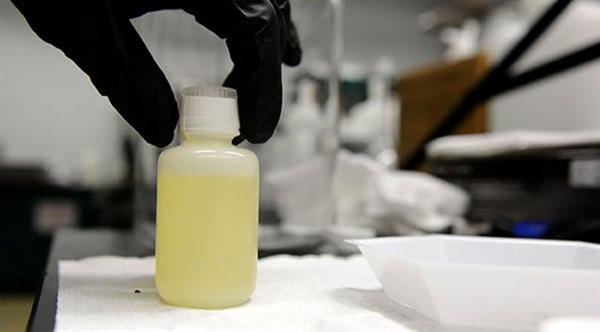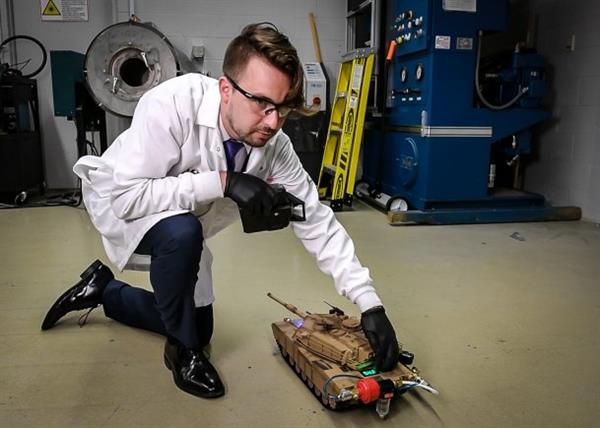Scientists at the U.S Army Research Laboratory recently discovered the power of urine. An aluminium nano-powder can produce hydrogen when mixed with urine. This powder enables to make 3D printed robots that “feed off their own structures”.
We all know a few methods of 3D printing to improve drones’ performance but urine…? The story began when the Research laboratory found out that high amounts of energy could be made from a mix of a new aluminium nanomaterial and water. No catalyst is required to produce the hydrogen.

The truth about 3D printed robots
After dipping their bodies in water, 3D printed robots and drones undertake a process that would dissolve their outer shells in order to get extra power. At the end of the mission, it is possible for these robots to self-destruct by immersing in water.
The Army experts think, they could 3D print the nanomaterial powder to create “air and ground robots that can feed off of their very structures and self-destruct after mission completion.”
Results of a recent analysis show that the aluminum nanomaterial produces more hydrogen when combined with urine rather than water.

When we demonstrated it with urine, we saw almost a factor of twofold increase in the reaction rates,” said Dr. Kristopher Darling, an ARL researcher. “We were very excited. As a group we have been pushing for the last few months on developing the efficiency and the reaction kinetics to try to get them faster.”

A kilo of the powder can produce 220 kilowatts of power for 3 minutes, which is a good record. However, no concrete explanation is given regarding the reason of the efficiency of the urine in generating hydrogen.
“It’s unique because the rate of the reaction is so efficient and extremely rapid from such a small volume of material,” Darling added.
“Our basic focus is materials development and optimization,” Darling said. “We’re looking at how we can optimize the composition [of the nanomaterial], its interactions with other fluids, including saliva and other liquids available to soldiers in a field environment.”
It is hard to imagine how urine can be used to charge 3D printed drones…but that is the intrinsic part of the technology: the ability to evolve, even when using disruptive materials.
For further information about 3D Printing, follow us on our social networks and subscribe to our newsletter!
//pagead2.googlesyndication.com/pagead/js/adsbygoogle.js
(adsbygoogle = window.adsbygoogle || []).push({});





